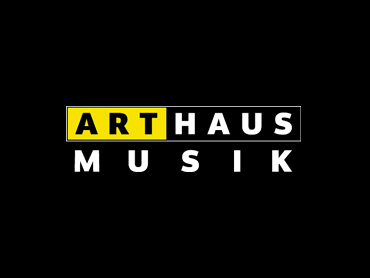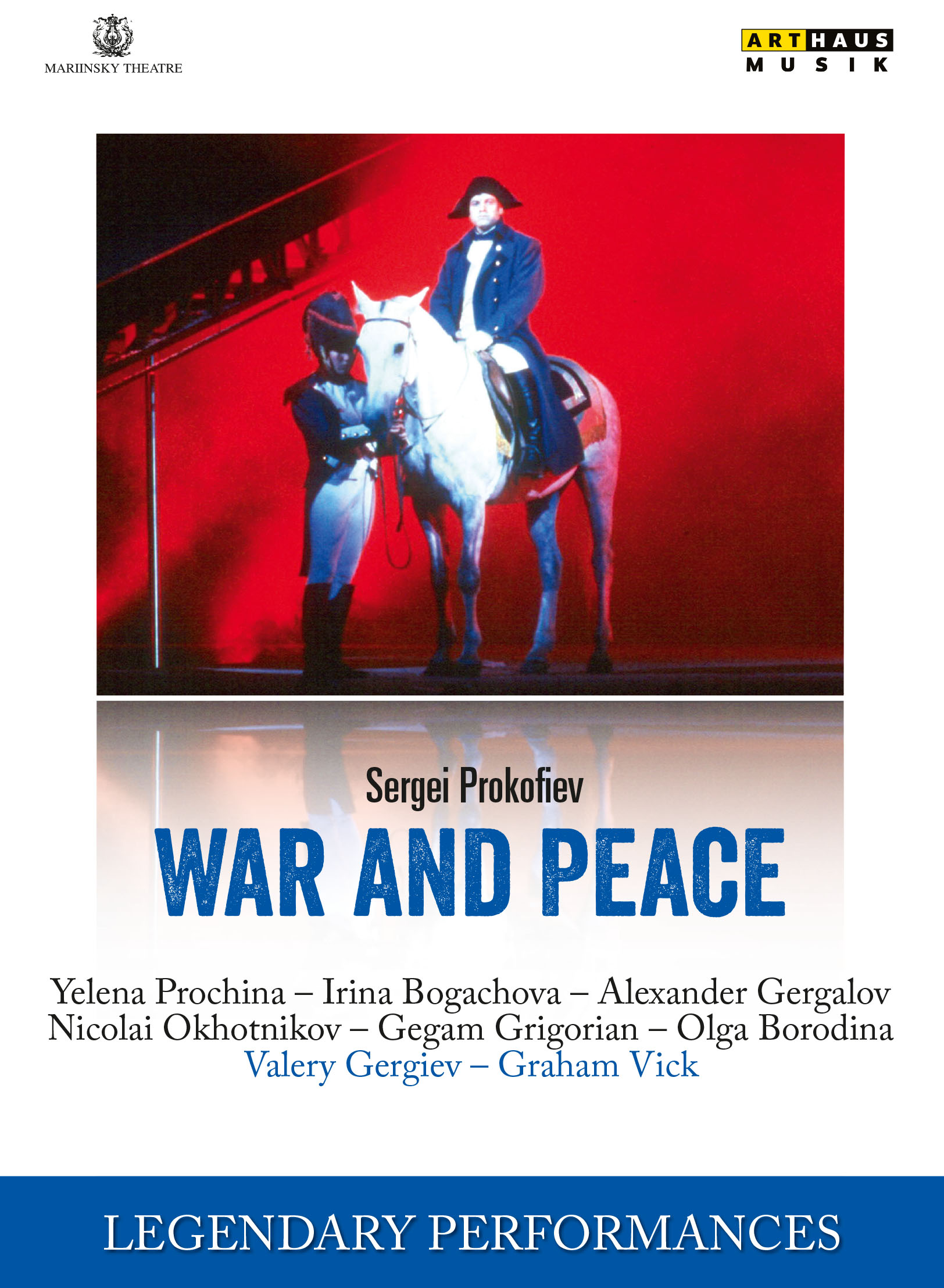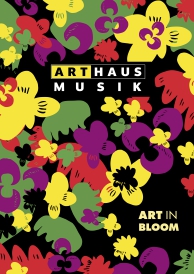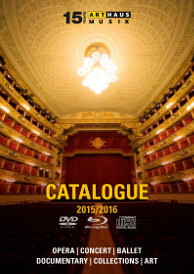
RUSALKA
Antonín Dvořák




Antonín Dvořák
RUSALKA
1986
Soloists:
Eilene Hannan, Ann Howard, John Treleaven
Orchestra, Chorus:
Chorus and Orchestra of the English National Opera
Conductor:
Mark Elder
Director:
David Pountney
David Pountney’s landmark English National Opera staging of Dvořák’s haunting fairy tale opera left critics and audiences spellbound. The production is set in a Victorian nursery where an adolescent girl, on the brink of sensual awakening, dreams of first love. Her story is that of Rusalka the wood nymph who, like Hans Christian Andersen’s Little Mermaid, sacrifices all for a love destined to be betrayed. High above the stage Rusalka dreamily swings as the picturesque gives way to the surreal. Influenced by Jung and Freud, Magritte and Delvaux and magically realised in the designs of Stefanos Lazaridis, Pountney’s Rusalka succeeds in creating a fairy tale to enchant the most hardened modern audience. David Pountney states that Rusalka is about “a typical initiation into social and sexual experience” – the evolution from a child to young woman. He conjures up an enchanted world of repression and surreal fantasy. The set is spacious, gleaming white and full of archetypal symbols including a rocking horse, wardrobe, furniture which slides about, dolls that dance, floorboards that open to reveal a pool with a swing high above it. The effect produces a dreamworld which teeters on the edge of a nightmare.
Label:
Arthaus Musik
Genre:
Oper
Running Time:
159 min
Picture Format:
4:3
Sound Format:
PCM Stereo
Number of Discs:
1
Region:
0
Languages:
GB
Subtitle Languages:
DE, FR, GB, ES, CZ
EAN:
0807280914993
UPC:
807280914993
Blu-ray:
109150

Giuseppe Verdi
In their series of celebrated opera productions from the Gran Teatre del Liceu in Barcelona, Arthaus presents a staging of Rigoletto, one of Verdi’s most popular operas. The tragic opera about the Duke of Mantua, the court jester Rigoletto and his daughter Gilda forms part of the composer’s trilogia popolare together with La Traviata and Il(...)

Sergei Prokofiev
Sergei Prokofiev devoted the last twelve years of his life to War and Peace. He completed the instrumentalisation by April 1942 and the entire score was ready in March 1943. Having completed the first version (containing eleven scenes) unusually quickly, the composer continued working on the opera over the next ten years. Consequently, the(...)









 PDF Download (5,5 MB)
PDF Download (5,5 MB) PDF Download (6,7 MB)
PDF Download (6,7 MB)